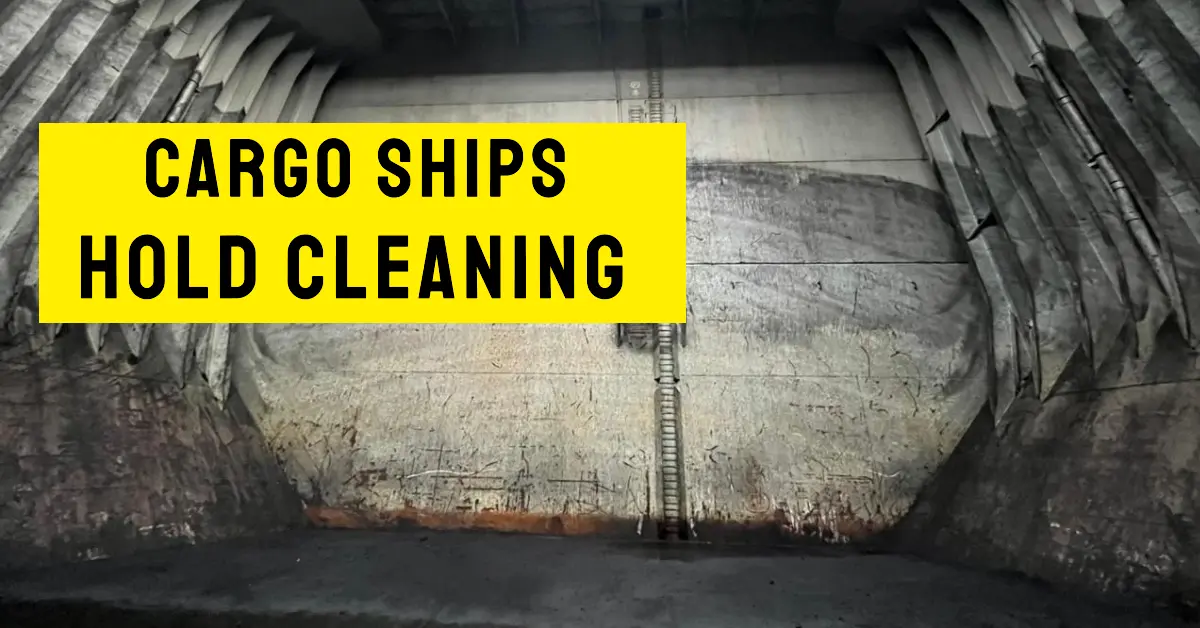Whenever you import some goods, whether as an individual or as an agent, there are other parties that are involved until you receive the goods. There is you as the consignee, a consigner or the shipper, and a notify party.
A consignee is an individual, a client, or an entity that receives the shipment from the consignor or the shipper. A shipper is a person or company shipping the product, and a notify party is an entity that receives the notice of the goods that have arrived at the destination port.
Understanding the difference is not enough. There is also a carrier involved, and a Bill of Lading that acts as a legal tender or contract between the parties. To help you understand more about how the shipment works, you need to know more about what each party does.
The Consignee
As I have mentioned, the consignee is the recipient of the consignment. He or she is responsible for the payment of freight charges and duties involved in the shipment. A consignee is not necessarily an individual but can be a firm acting on behalf of the client or customer.
That means, it could be a buyer of the product, but this is not always the case since a different entity can act as the receiver of goods on behalf of the buyer.
What is the Consignee Responsible for?
Since a consignee is a party named in the Bill of Lading to which the consignment belongs, there are some responsibilities that a consignee must play. These include:
- Paying for the goods – it is the responsibility of the consignee to pay for the goods, and it is until all the payments are cleared that the consigner will release the consignment.
- Paying taxes and duties – a consignee is responsible for paying duties and taxes for the goods. This is also a party that pays for all the fees and customs to the authorities before the handing over of the goods.
- Documentation – a consignee is legally responsible for documentation. That includes the signing of delivery documents. He or she is the person named in the Bill of Lading to which the consignment belongs.
Shipper
Basically, a shipper is the sender of the goods. This party is also called a consigner and just like the consigner, a consigner or shipper has some roles to play in the shipment of goods. Some of the responsibilities of a consigner include:
- A shipper is responsible for providing sufficient stock as in the order and shipping the goods to the consignee or the buyer.
- Ensures that the goods are not damaged and in good quality before sending them to the consignee. He or she also ensures that the same goods arrive at the destination on time.
- A shipper also makes agreements with the consigner in a written contract called the Bill of Lading. This document acts as a legal contract between the two parties. In case one party breaches the contract terms, they are held liable by the document.
- The consigner or the shipper also solves some of the complaints that may arise after the delivery of goods to the consignee.
Notify Party
The notify party is the contact person who receives the notice of cargo arrival that will include the exact or estimated time of arrival – ETA. This is a field in the Bill of Lading that is mandatory if it is a different party from the consignee. It could be the actual buyer of the goods or the consignee customer, an agent standing on behalf, or a different party.
Can Notify Party Make Payments?
In most cases, the notify party is the consignee and when that is the case, the consignee can make payments upon arrival of the goods. There are other responsibilities of the notify party that include:
Facilitating Clearance of Goods
Whether it is the consignee, customer, or another party who is acting as the notify party, they are responsible for all clearance formalities upon the consignment’s arrival at the destination port.
Receives Consignment Updates
The consigner or shipper serves as the notify party of the consignment information from when the carrier leaves the departure port. This is important for the consignee to plan on the clearing logistics even before the cargo arrives.
Doing Follow-Ups
It is not normally the obligation of the carrier to keep updating the consignee of the shipping process but is only obliged when the cargo arrives at the port. This, in most cases, is done in good faith when the consignee wants to monitor the progress, then the notify party is obliged to do follow-ups with the carrier.
What Is the Difference Between a Consignee and A Shipper?
A consignee is a recipient to which the goods are addressed in the Bill of Lading. It can be an agent or a buyer of the goods. A shipper on the other hand is the person or company sending the goods to the consignee. This is also called a consignor.
What Is the Difference Between a Consignee and A Notify Party?
A notify party may not be directly related to the ownership of goods. It is just a party that receives notifications of when the goods arrive at the port. A consignee is directly related to the ownership and can be the buyer, or an agent acting on behalf of a customer. It is also worthwhile to note, a consignee can act as a notify party.
Final Thoughts
At this point, you have to know the difference between the consignee, shipper, and notify party. This is important in the shipment process since there must be a sender of the goods, a carrier, and a recipient for the cycle to be complete.
The contract between the parties is captured in the Bill of Lading. This document stipulates the obligations that the consignor, the consignee, and the carrier must abide by for a successful shipment process.
In our next post, therefore, I shall discuss with you the different types of Bill of Ladings to help you understand more about the shipment process and the legal obligations that govern the whole process.
- Comprehensive Guide to Hold Cleaning for Cargo Ships: Ensuring Maritime Safety and Efficiency – October 19, 2024
- Responsibilities of a Fourth Engineer on Cargo Ships – September 10, 2024
- The Role of Cargo Ships in Global Trade – August 22, 2024




